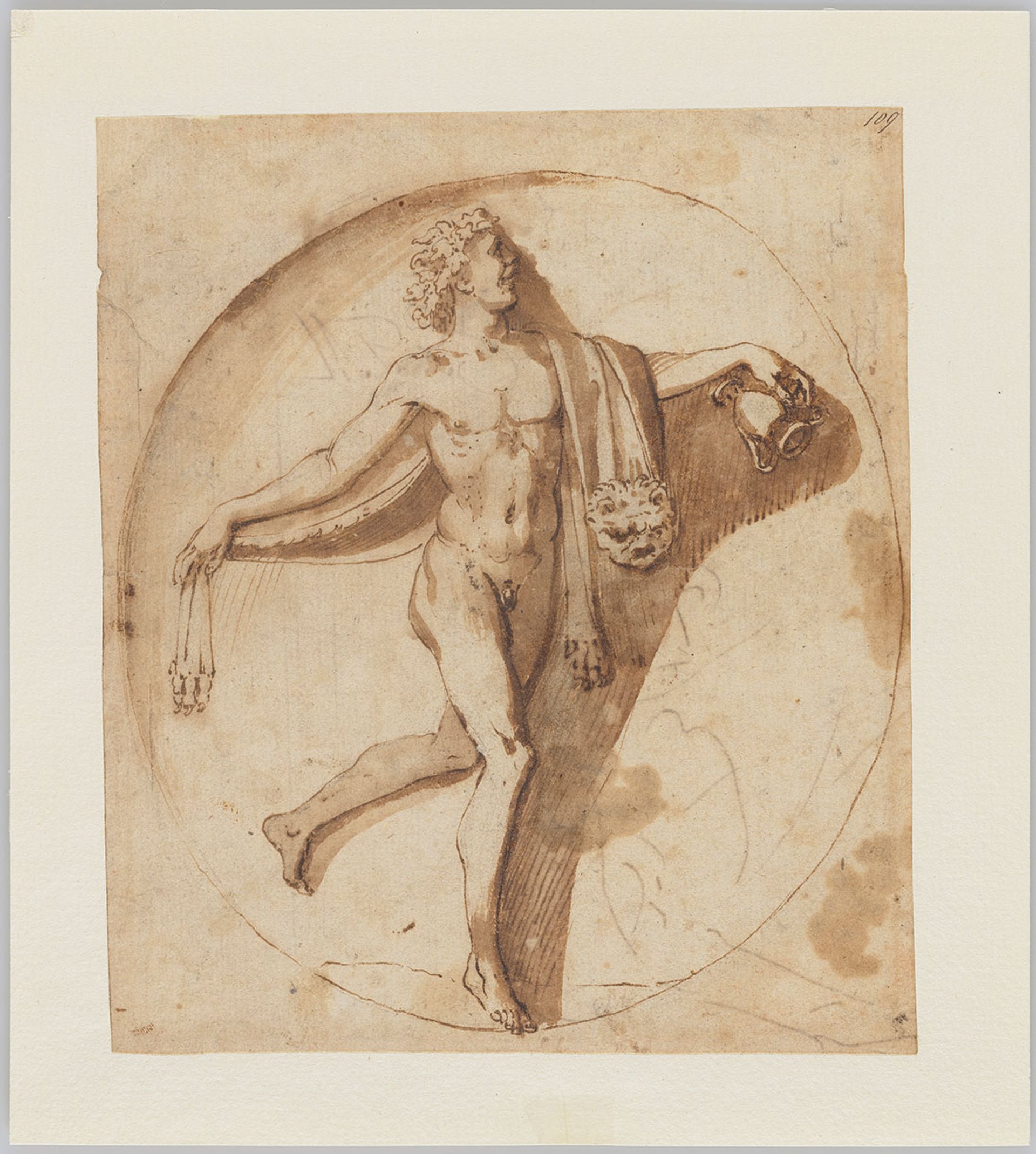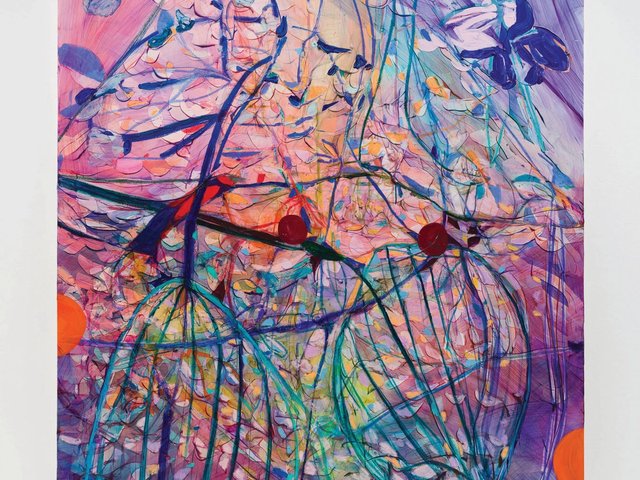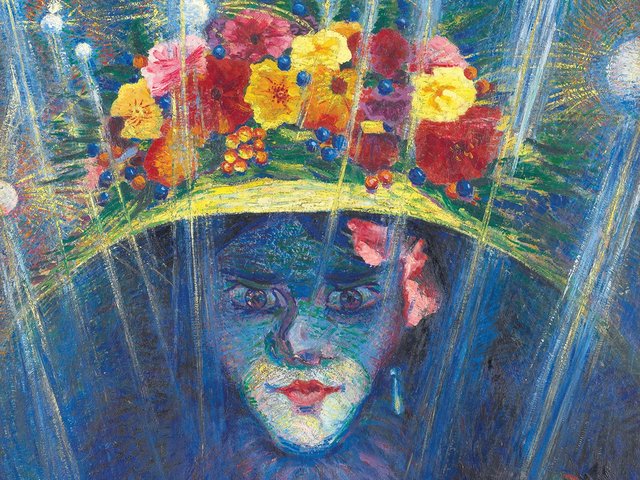As the UK’s museums have edged towards a resumption of normal service, London’s National Gallery is providing an unexpected and unlikely offering this month. It is mounting its first ever exhibition devoted to Nicolas Poussin, the 17th-century master of French Baroque and Neoclassicism and—in a possibly counter-intuitive move, given the artist’s reputation as the purveyor of all things solemn and austere—the show will focus on Poussin’s slim but significant tranche of paintings depicting dance and bacchanals. “Just what we need after the pandemic,” says the exhibition curator Francesca Whitlum-Cooper.
Whitlum-Cooper is an enthusiastic proselytiser for Poussin, saying it is “terrifying” that the last major UK show for the artist was over a quarter of a century ago, at the Royal Academy of Arts in 1995. She says that the main driving force behind the new exhibition—organised jointly with the Getty Center in Los Angeles—is that “after the Louvre, we have the world’s greatest collection of Poussin paintings”. A fact that is not immediately clear to most people who visit the National Gallery. “The feeling was very much that we are not managing to engage people with them,” Whitlum-Cooper says. “When I joined the gallery six years ago, the Poussins used to hide in a very forgotten corner. It didn’t feel like they were pictures that people were going to seek out.”

Nicolas Poussin’s Votary of Bacchus (around 1640), an ink and wash drawing on paper, is coming from the Getty Center in Los Angeles Courtesy of the Getty’s Open Content Program
The exhibition Poussin and the Dance appears to be a concerted attempt to remedy that, by redirecting attention towards the more obviously joyful, sensuous works that Poussin produced relatively early in his career, after his move to Rome in 1624. These include paintings the museum holds already, such as The Adoration of the Golden Calf (1633-34) and The Triumph of Pan (1636), alongside loans such as A Dance to the Music of Time (around 1634-36) from the Wallace Collection, Bacchus and Ariadne (1636-38) from the Museo del Prado and The Triumph of Bacchus (1635-36) from the Nelson-Atkins Museum of Art in Kansas City.
You don’t need to know the whole of classical history to enjoy PoussinFrancesca Whitlum-Cooper, curator
Like his more typically sombre religious and history paintings, these bacchanals clearly derive from Poussin’s obsessive interest in antique friezes and statuary. Whitlum-Cooper describes his activities as those of a “total geek”, continually measuring relationships between recondite body parts of Roman and Greek works—“nose to Adam’s apple”, for example—to understand the perfect proportions of classical form, and making miniature wax models to get the figure posing just right.

Poussin's A Bacchanalian Revel before a Term (1632-33) © The National Gallery, London
Accepting that Poussin’s currently less-than-stellar status is down to “the nature of the art world that as much as anything else goes in peaks and troughs”, Whitlum-Cooper suggests that what she is trying to do is overcome what she describes as “fear, even among art historians, that you need to know an awful lot before you can understand the pictures”.
“That’s why the idea of looking at dance is so appealing, because we can all understand in some way, shape, or form the idea of movement through space,” Whitlum-Cooper says. “Hopefully, it’s going to make people realise that, actually, you don’t need to know the whole of classical history, or Christian liturgy and everything else, in order to enjoy Poussin.”
• Poussin and the Dance, National Gallery, London, 9 October-2 January 2022; Getty Center, Los Angeles, 15 February-8 May 2022






